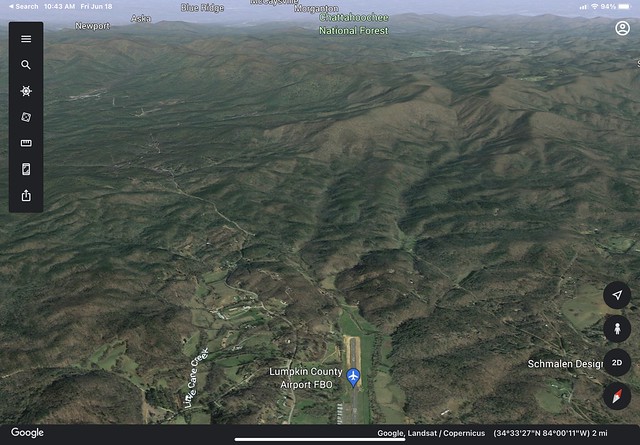--did not read all the posts since I last checked in..
Yup.. or about the same as getting dropped from 10-15 feet. 1,700 sounds fast because in small GA we don't usually see FPM like that, but in reality it's not awful. I was wrong before, I said about 700 fpm, apparently I was missing a 1. The literature actually states "15-28 feet per second" depending on weight and atmos conditions.. so about 900 to 1700 fpm. Certainly fast, but outside of a fire or low pull all the CAPS pulls have "worked"
But I genuinely don't believe this to be a fault of the chute. It's much more plausible that they did not maintain airspeed and lost control or had some sort of engine/fuel issue
The way I was taught, if you have an issue above caps alt but lower than 2K AGL automatically pull. Don't dilly dally. I'd be curious in stats on Cirrus no chute dead stick landings actually. That's a fair point
I only have about 30 hrs in SR20.. my initial Cirrus training was in that (so about 10 hrs) then I rented it a handful of times while doing the SR22 transition. I've brought a few of my friends to the dark side

and I've been right seat in a few SR20 recently this year. Man.. climbing out of Hemet on a warm day (about 30*C), though not hot, with field elev 1,500 that thing was struggling. This particular is a very old g1.. but man, talk about a slow climb. And yes, the engine temps certainly crept up. For the rate at which most SR20 rent at the value proposition just isn't there (for me) when comparing useful load and overall performance against the usual Cessna/Piper fleet. The 182RG in our club rents for nearly the same, I hate myself for saying this but I'd prefer that over the SR20 as it feels much better powered (I know, bigger engine, but speaking of renter value prop..). The SR22 is in a whole different ball park, that extra 50% power makes a HUGE difference. It's like if Douglas had offered a DC-10 only missing the rear engine.
That's a great point. I'm not aware of any "max alt" limitation but I am curious how would one fair pulling it at 16K on a hot day over the middle of the Sierras where the elevations are 12K - 14K



 and I've been right seat in a few SR20 recently this year. Man.. climbing out of Hemet on a warm day (about 30*C), though not hot, with field elev 1,500 that thing was struggling. This particular is a very old g1.. but man, talk about a slow climb. And yes, the engine temps certainly crept up. For the rate at which most SR20 rent at the value proposition just isn't there (for me) when comparing useful load and overall performance against the usual Cessna/Piper fleet. The 182RG in our club rents for nearly the same, I hate myself for saying this but I'd prefer that over the SR20 as it feels much better powered (I know, bigger engine, but speaking of renter value prop..). The SR22 is in a whole different ball park, that extra 50% power makes a HUGE difference. It's like if Douglas had offered a DC-10 only missing the rear engine.
and I've been right seat in a few SR20 recently this year. Man.. climbing out of Hemet on a warm day (about 30*C), though not hot, with field elev 1,500 that thing was struggling. This particular is a very old g1.. but man, talk about a slow climb. And yes, the engine temps certainly crept up. For the rate at which most SR20 rent at the value proposition just isn't there (for me) when comparing useful load and overall performance against the usual Cessna/Piper fleet. The 182RG in our club rents for nearly the same, I hate myself for saying this but I'd prefer that over the SR20 as it feels much better powered (I know, bigger engine, but speaking of renter value prop..). The SR22 is in a whole different ball park, that extra 50% power makes a HUGE difference. It's like if Douglas had offered a DC-10 only missing the rear engine.